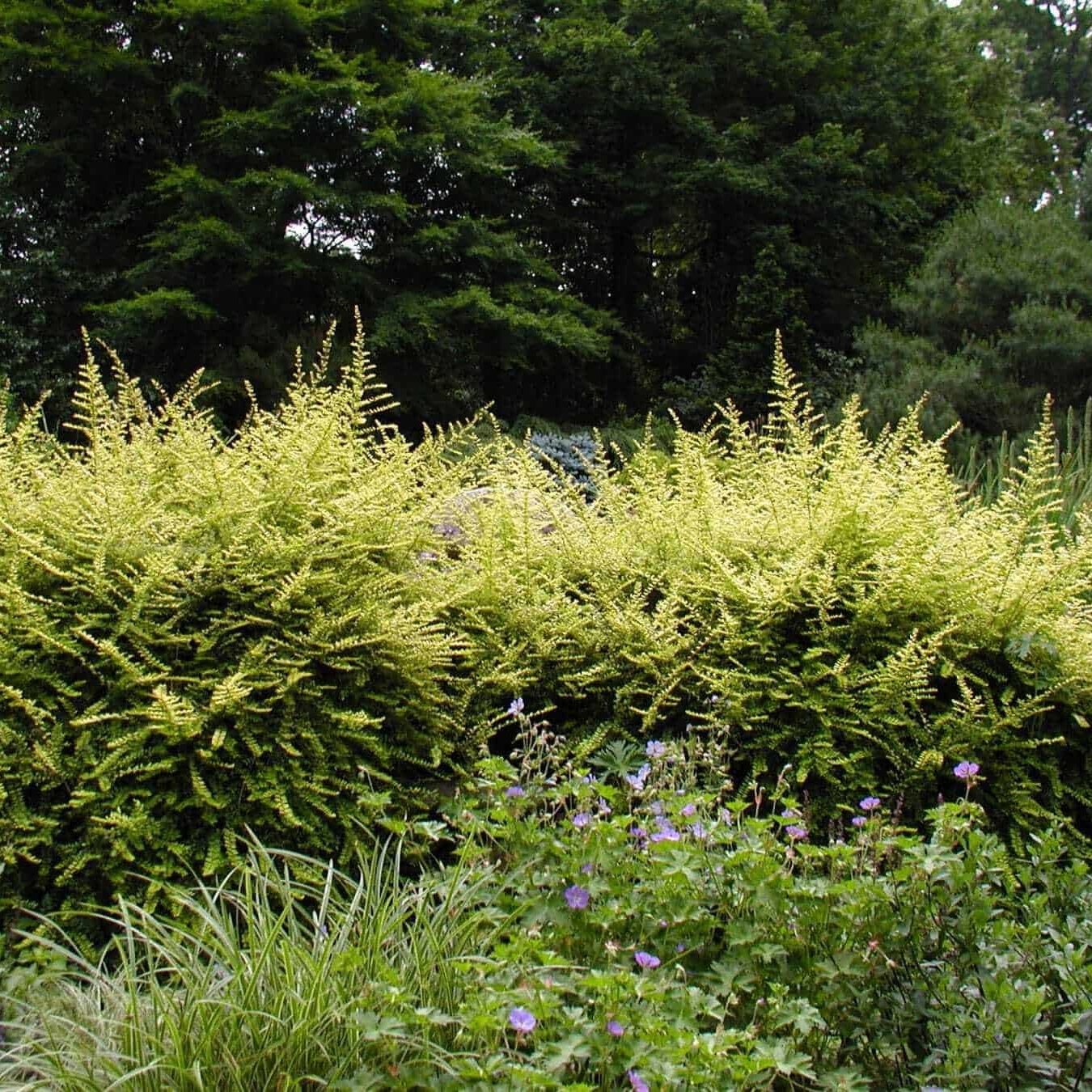Welcome to the first in a series looking at the pruning groups established by the Royal Horticultural Society. They offer the uncertain gardener an overview of when, how and why to prune particular plants. There are 13 categories, which can seem overwhelming. However, we’re going to pull out the basics for you. We’ll also list some plants falling under each group, especially those commonly used by Bestall & Co where possible. Let’s begin with RHS Pruning Group 1, classed as the “light pruning” category.
When?
Usually between late winter (January) and early Spring (March). That said, there are certain species which fall into Group 1 yet must be pruned in late summer or early autumn. This is because of a risk of winter bleeding, and includes birch (Betula), hornbeam (Carpinus), poplar (Populus), lime (Tilia), deciduous magnolias and Laburnum. Always double-check for the specific species if unsure.
How?
This is a very straightforward pruning group. It’s a case of lightly cutting back any crossing, damaged or diseased branches. You can also cut back any shoots growing in unwanted directions and spoiling the shape of the plant. Do bear in mind that most of this group’s species are best left to their own devices, as nature intended. It’s best to mulch around the plant after pruning.
Why?
To prevent less vigorous, free-standing trees and shrubs from developing problems as easily. Crossing branches especially can lead to wounds and infections that can weaken and kill a plant.
Some Pruning Group 1 plants we use
- Amelanchier grandiflora ‘Robin Hill’
- Amelanchier lamarckii (snowy mespilus)
- Carpinus betulus (hornbeam – remember this is a late summer/early autumn pruner)
- Fagus sylvatica Atropurpurea Group (copper beech)
- Hamamelis x intermedia ‘Pallida’ (witch hazel)
- Heptacodium miconioides (seven son flower tree)
- Laurus nobilis (bay)
- Ligustrum sinense (Chinese privet)
- Malus ‘Rudolph’ (crab apple)
- Photinia x fraseri ‘Red Robin’
- Prunus x subhirtella ‘Autumnalis’
- Sorbus aria ‘Lutescens’ (whitebeam)
- Viburnum tinus ‘French White’
Kevin Gelder
Kevin joined Bestall & Co in late 2017 and brought a range of skills with him from a varied background. He gained a degree in French and Italian from Lancaster University in 2009 before successfully completing a PGCE at the University of Sheffield in 2011. He built on his communication skills through secondary language teaching, before working in healthcare administration.
Ultimately though it was his passion for plants and gardening which brought him to Bestall & Co as a member of the planting team, and although he's now moved back to an office based role, the articles he wrote whilst he was still with us live on.
1 Comment
Add comment Cancel reply
You must be logged in to post a comment.
This site uses Akismet to reduce spam. Learn how your comment data is processed.




[…] already examined the different Royal Horticultural Society pruning groups in previous posts (see here for the first group article). Species of Clematis fall into three separate pruning groups, […]